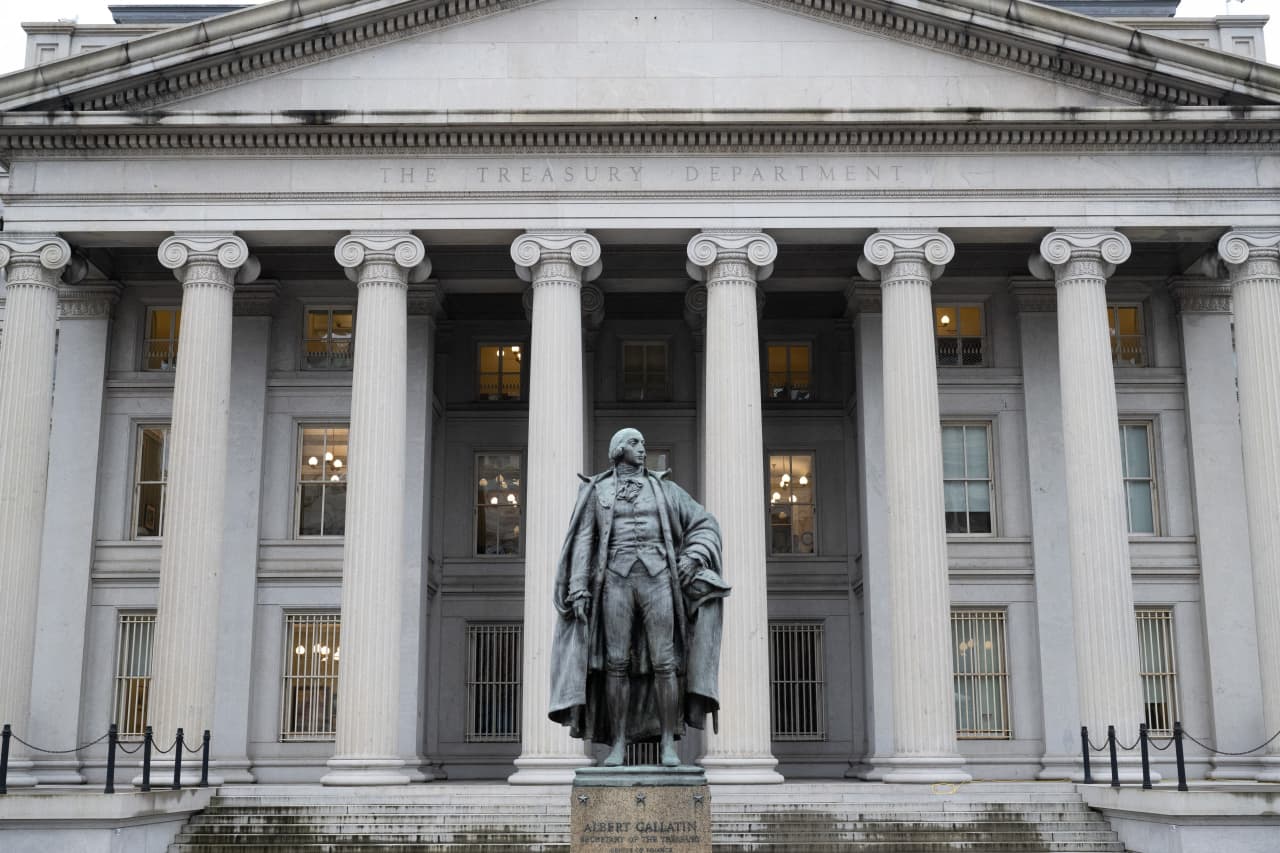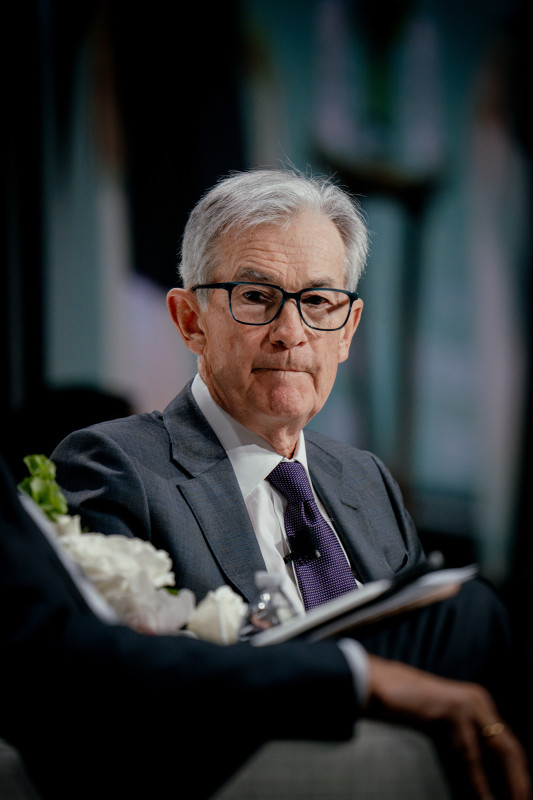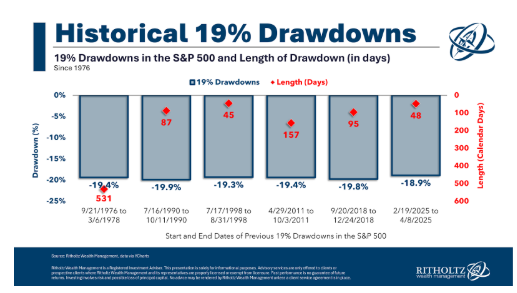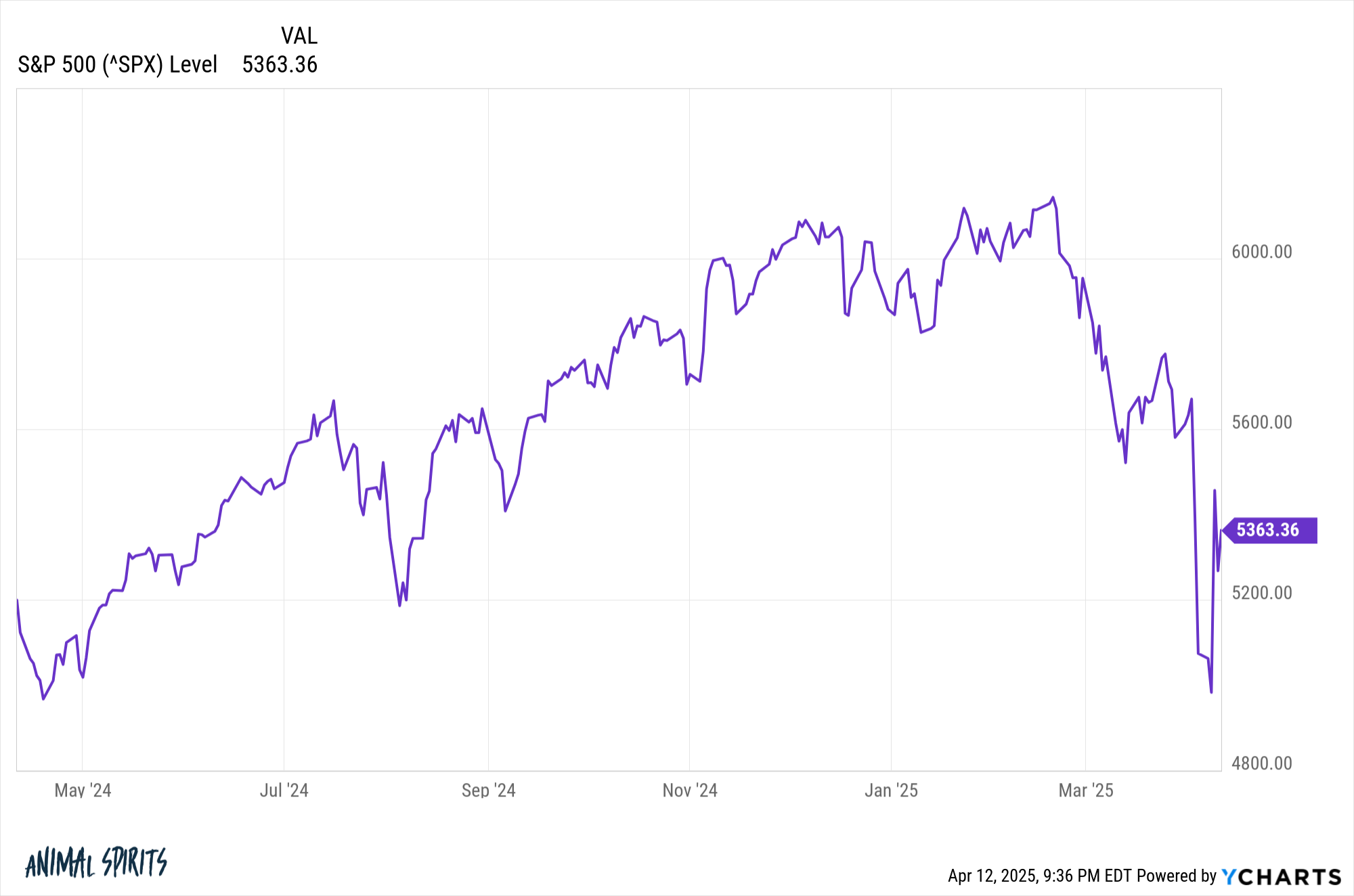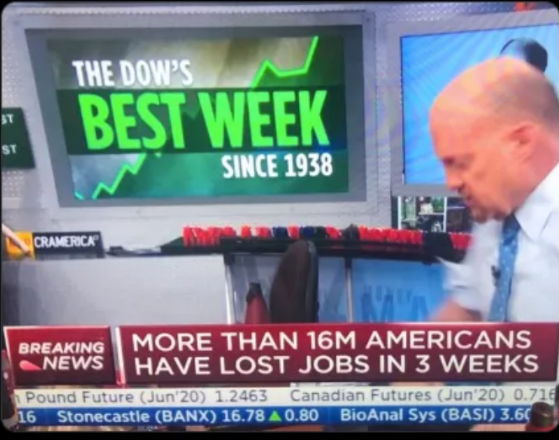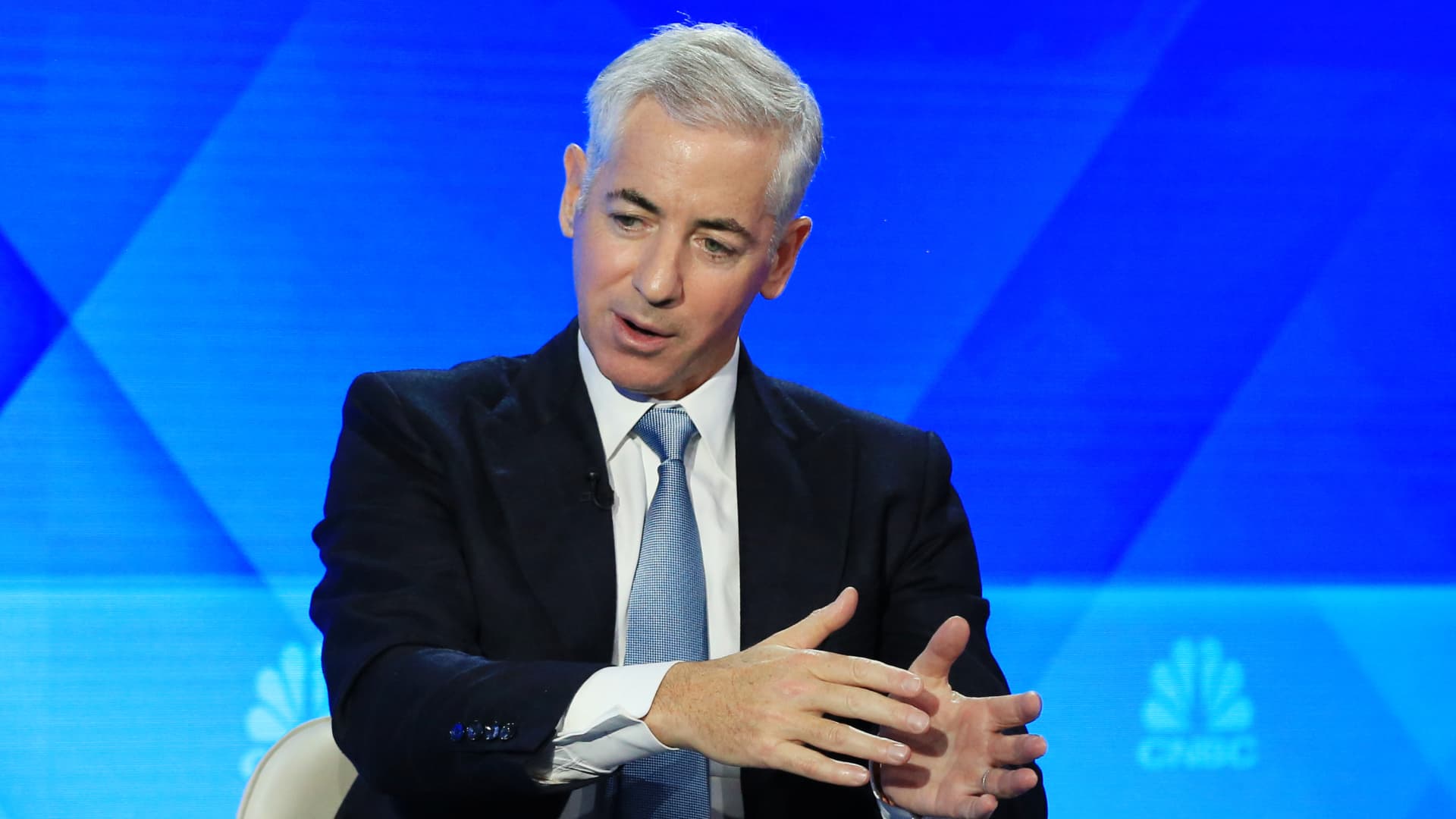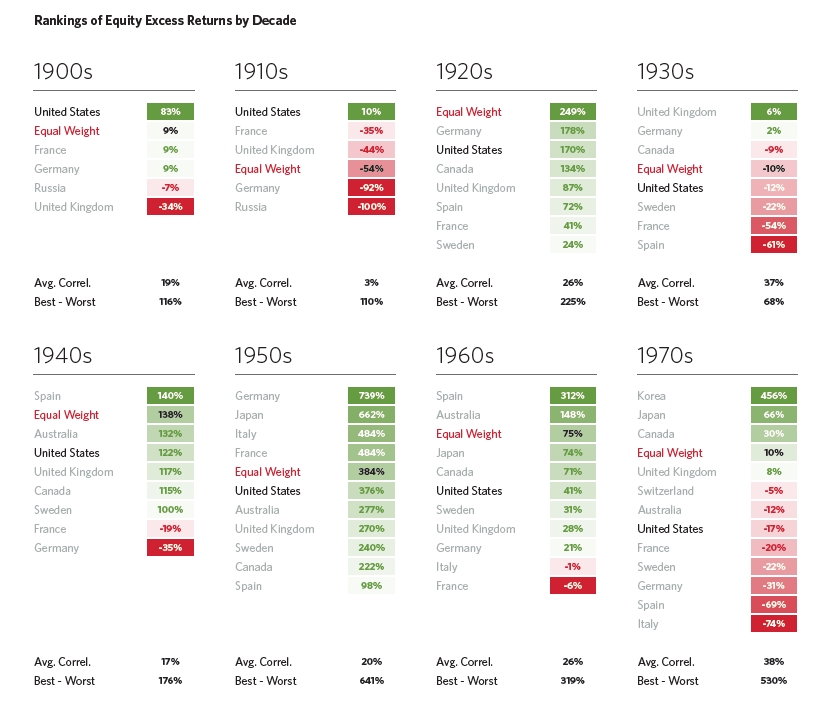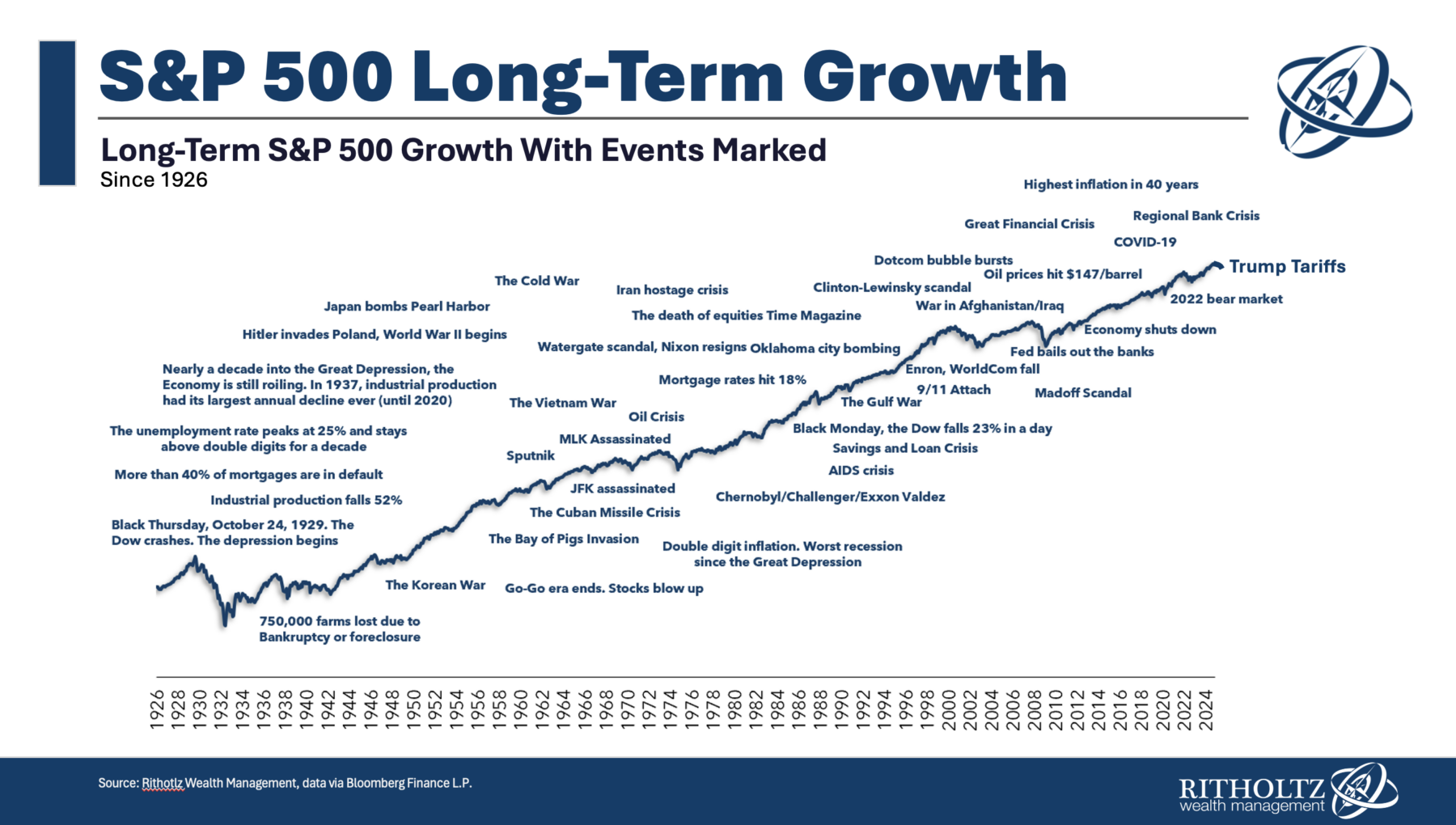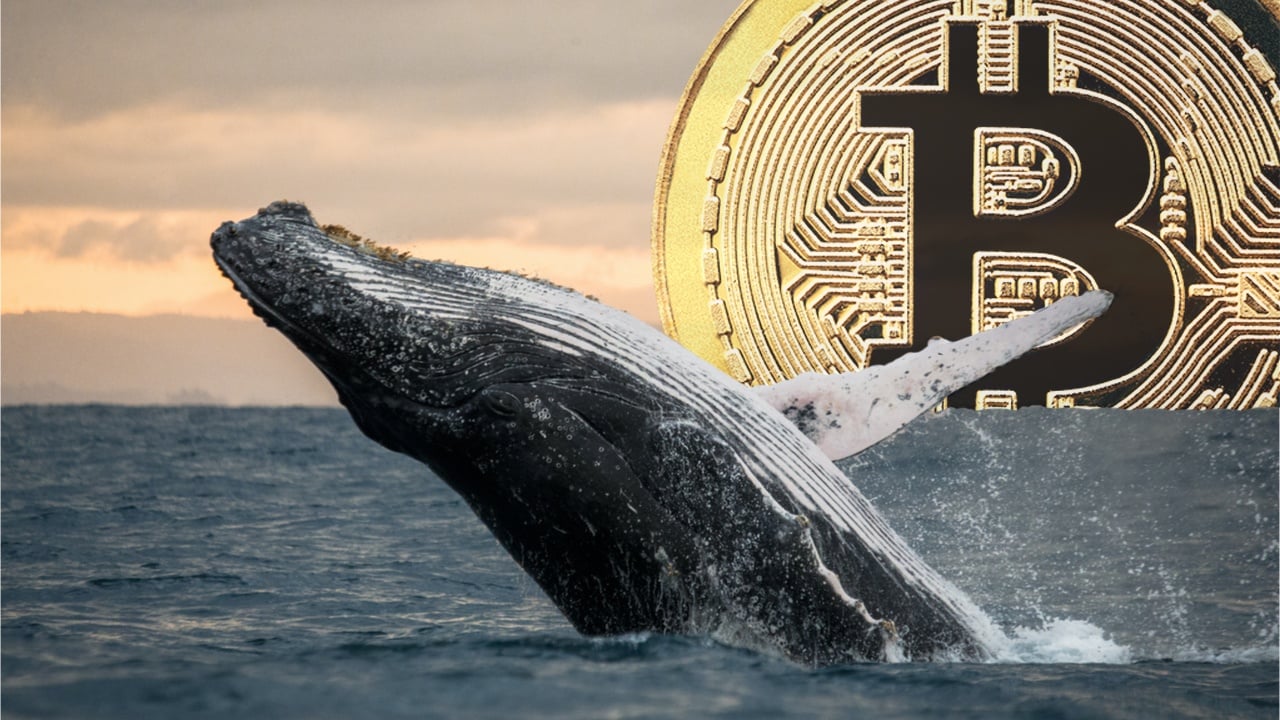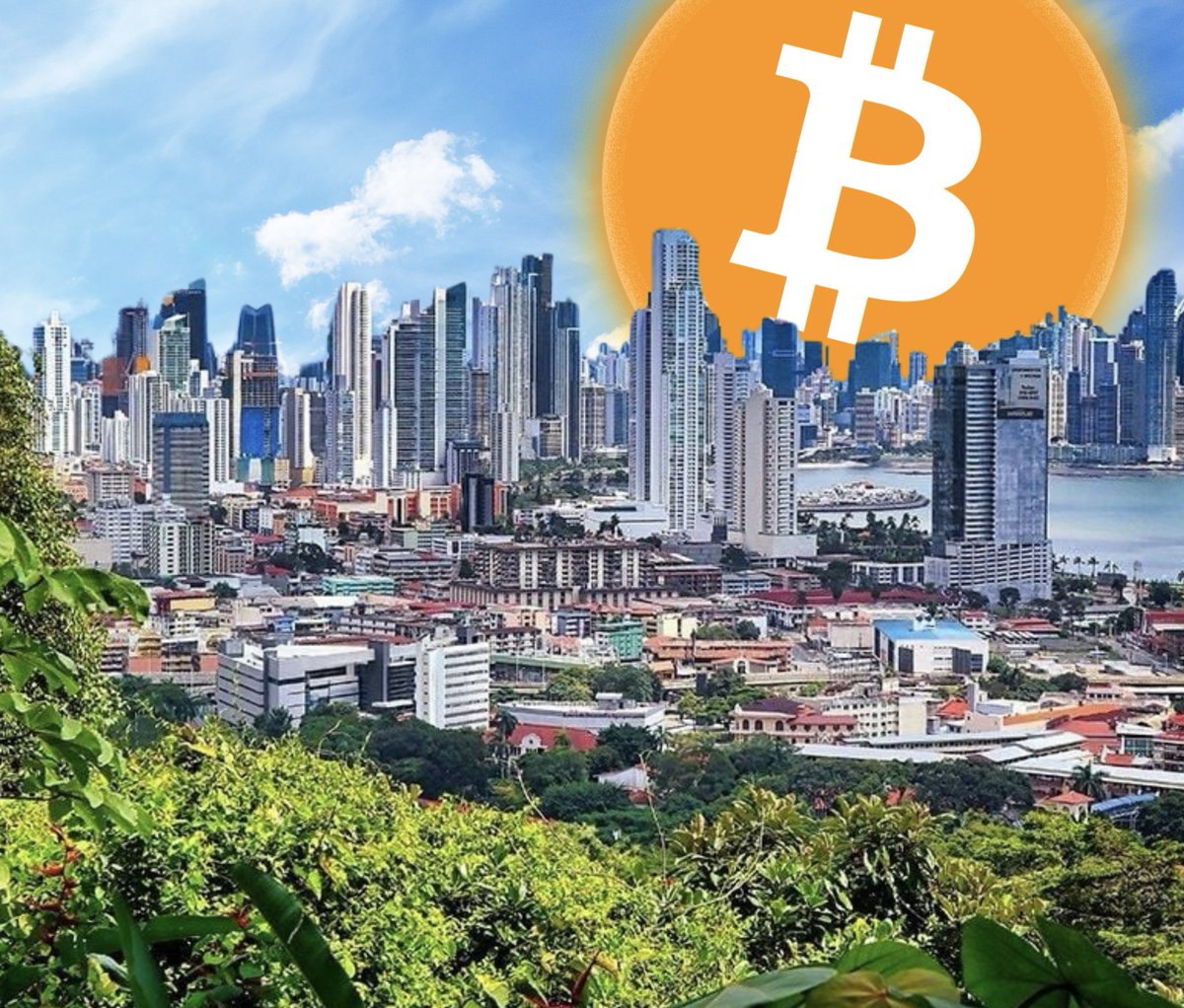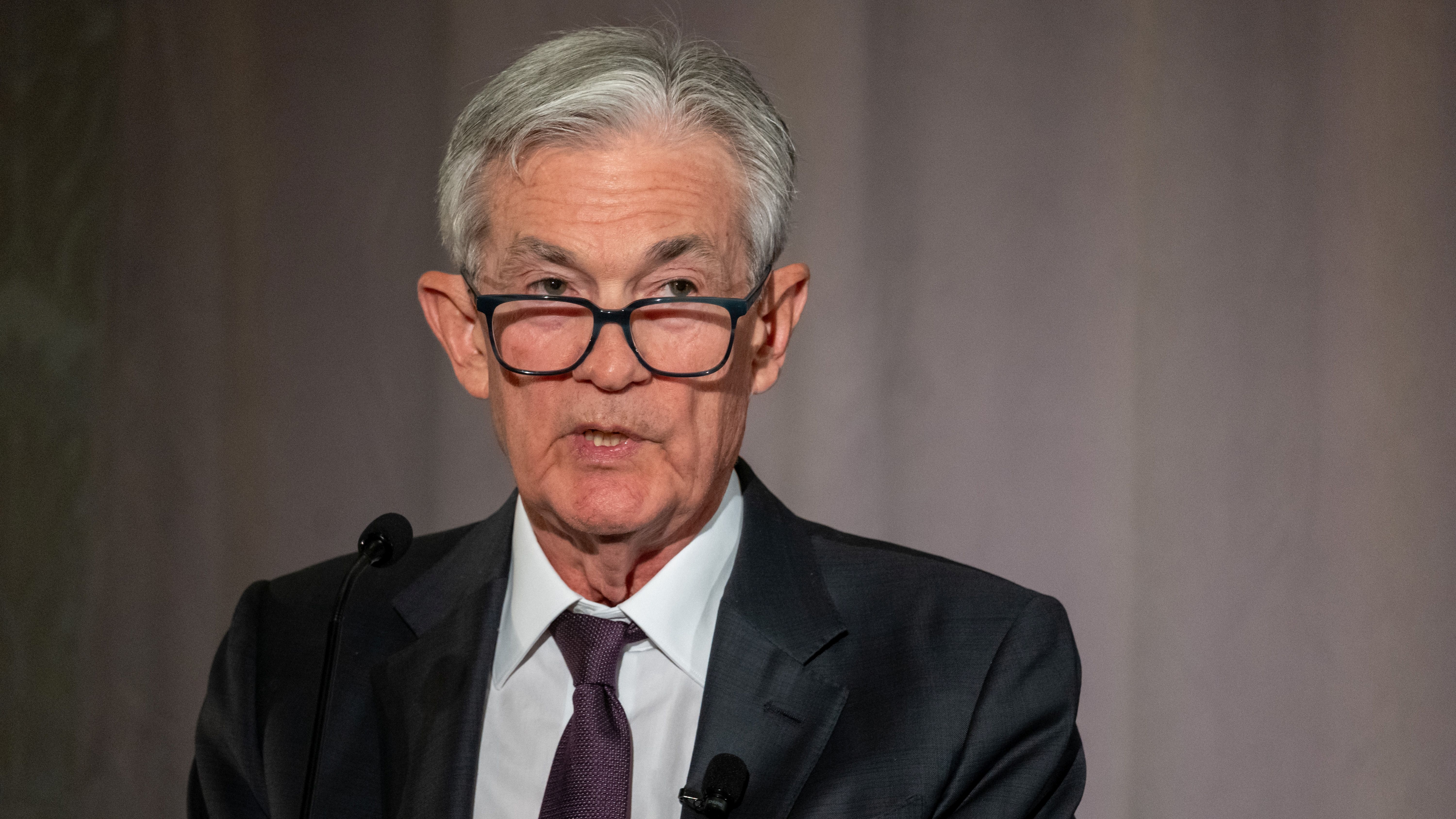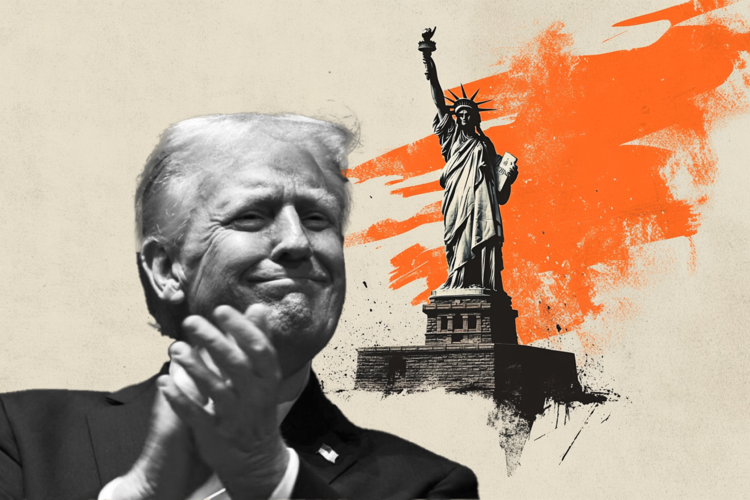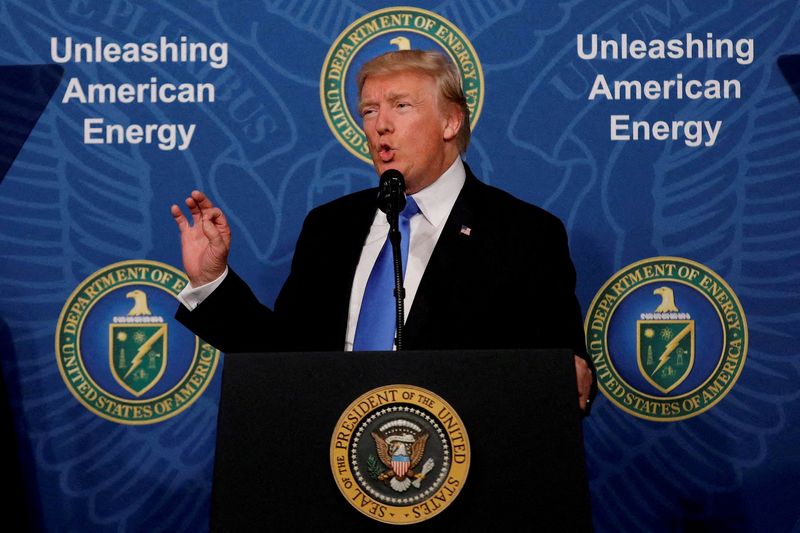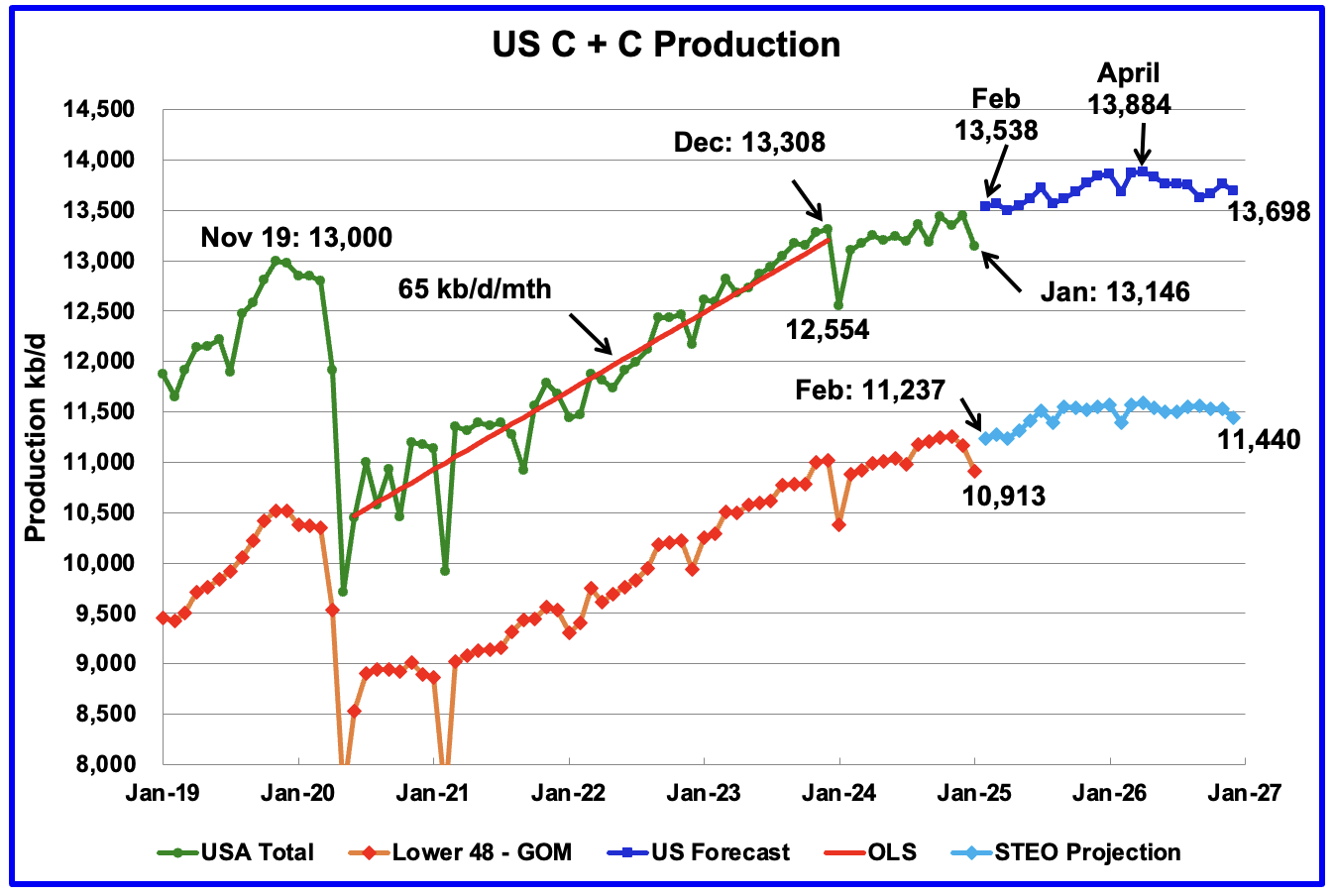2 Vanguard ETFs Retirees Can Buy for International Diversification
Retirees looking to diversify into international stocks can find a low-cost solution aboard the ship of Vanguard. To this day, Vanguard continues to drive down fees (think gross expense ratios) toward the floor. Just over a week ago, the company splashed its fees across the board, with the average expense ratio now miles below 0.10%. […] The post 2 Vanguard ETFs Retirees Can Buy for International Diversification appeared first on 24/7 Wall St..

Retirees looking to diversify into international stocks can find a low-cost solution aboard the ship of Vanguard. To this day, Vanguard continues to drive down fees (think gross expense ratios) toward the floor. Just over a week ago, the company splashed its fees across the board, with the average expense ratio now miles below 0.10%.
Undoubtedly, the tsunami of rate reductions is sure to send waves across the broader exchange-traded fund (ETF) space. In any case, the free-fall in ETF fees is a massive win for passive investors. In any case, Vanguard continues to stand by its investors, making it one of the top banners to go for if you’re in the market for a low-cost passive solution to diversify your portfolio.
In this piece, we’ll look at two Vanguard ETFs that are worth exploring if you, like many American passive investors, have a portfolio that’s severely lacking in geographic diversification. While betting heavily on America has been and will likely continue to be a winning strategy over the years and decades ahead, I also think there’s no harm in taking one’s diversification to the next level in markets where price-to-earnings (P/E) multiples are markedly lower.
Key Points
-
Vanguard has some impressive international ETFs for investors looking to diversify and explore opportunities beyond the U.S. market.
-
4 million Americans are set to retire this year. If you want to join them, click here now to see if you’re behind, or ahead. It only takes a minute. (Sponsor)
Think of it as covering more ground to uncover value independent of geographic locality. Indeed, international diversification has never been this cheap after the latest round of Vanguard fee cuts. Here are three that could be worth checking out for the long haul:
Vanguard FTSE Developed Markets ETF (VEA)
The emerging markets may be a source of greater long-term growth. Still, they tend to be a choppier and oftentimes riskier ride, making them less ideal for the bedrock of a retiree’s equity portfolio. For such investors, the Vanguard FTSE Developed Markets ETF (NYSEARCA:VEA) stands out as a robust option.
With a 0.03% expense ratio (that’s about as low as ETF fees go!) and exposure to more than 3,000 companies across the developed world, the VEA is one of the cheapest, easiest ways to expand your portfolio’s horizons. Most of the VEA (over 52%) is weighed in Europe, with around 10% in North America, making it an excellent choice for American investors who are already heavy on U.S. stocks.
Underneath the hood of the VEA are some well-known businesses across a wide range of industries you may already be familiar with. And with an average P/E ratio of 15.7 times, the VEA seems like a relative value option for investors somewhat worried about the loftiness of the S&P 500.
Vanguard FTSE Emerging Markets ETF (VWO)
For retirees comfortable with added volatility in their diversified portfolios, adding a bit of Vanguard FTSE Emerging Markets ETF (NYSEARCA:VWO) could also be a wise move. The expense ratio of 0.07% is higher than for the VEA but still absurdly low, given the impressive exposure you’re getting. With 29% and 21% of the fund allocated to Chinese and Taiwanese stocks, respectively, you stand to gain exposure to some incredibly cheap names capable of explosive long-term growth.
While India and other emerging markets still comprise a meaningful portion of the pie, close to half of the fund hinges on innovation from China and Taiwan, two markets that could be highly underrated on the AI front, especially in light of DeekSeek’s Earth-shattering innovation with R1. If you can handle the added volatility from the Chinese stock exposure, I do think the VWO could prove prosperous, especially if the Chinese economy begins to make up for lost time at some point.
Shares of the VWO have been a rocky ride in the past five years, with big ups and downs en route to a mere 3% gain. Meanwhile, the VEA clocked in a 15% gain—better than its emerging markets counterpart but still falling well short of the S&P 500, which gained close to 80% in the same period.
The bottom line
The VEA and VWO are stellar international ETFS that strive to keep things cheap and simple. They really are best-in-class as far as international ETFs go. For retirees seeking more excitement and perhaps greater upside, the VWO outshines the VEA at these levels. However, for most retirees, I’d suggest betting on both, perhaps with a greater weighting on the VEA, given its potential for relative stability.
The post 2 Vanguard ETFs Retirees Can Buy for International Diversification appeared first on 24/7 Wall St..

















